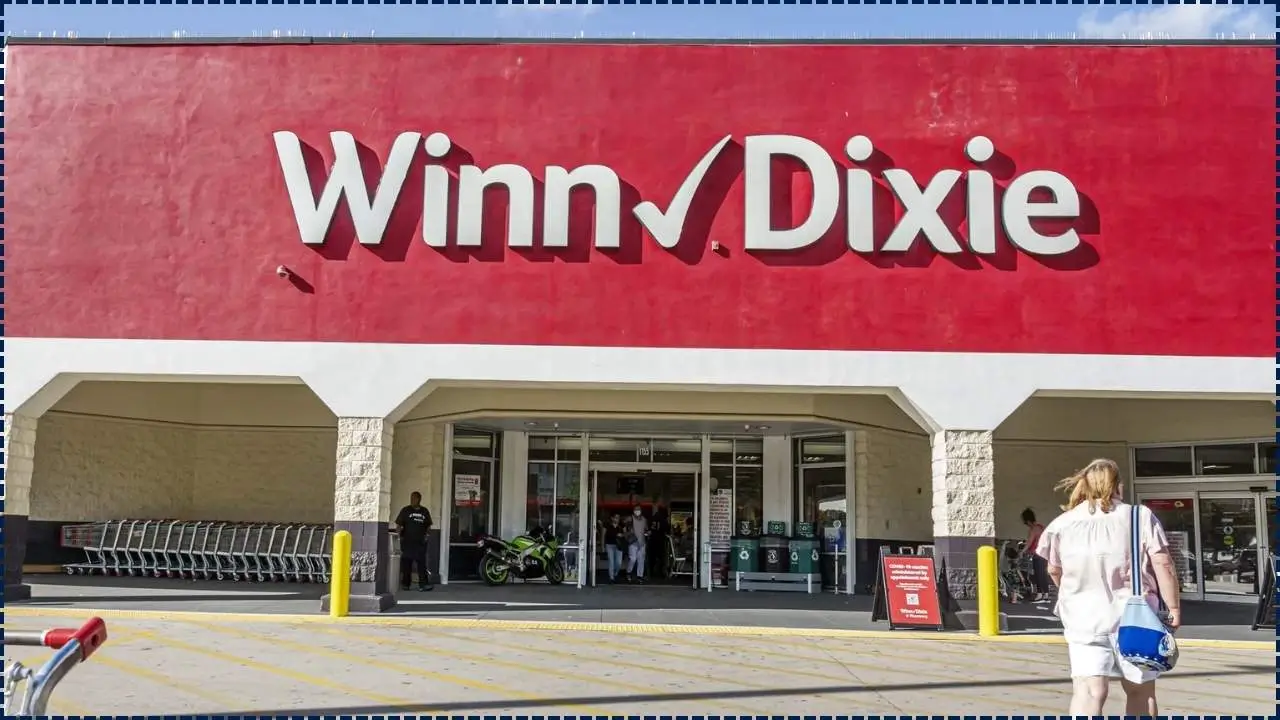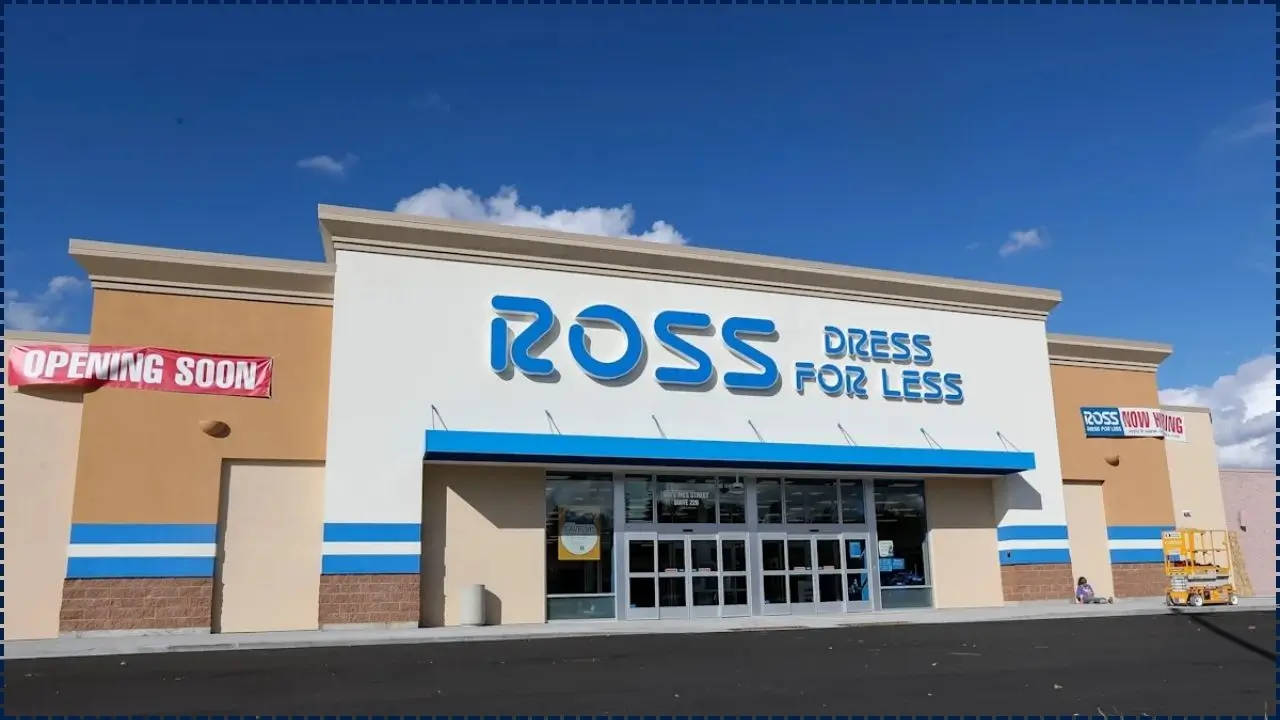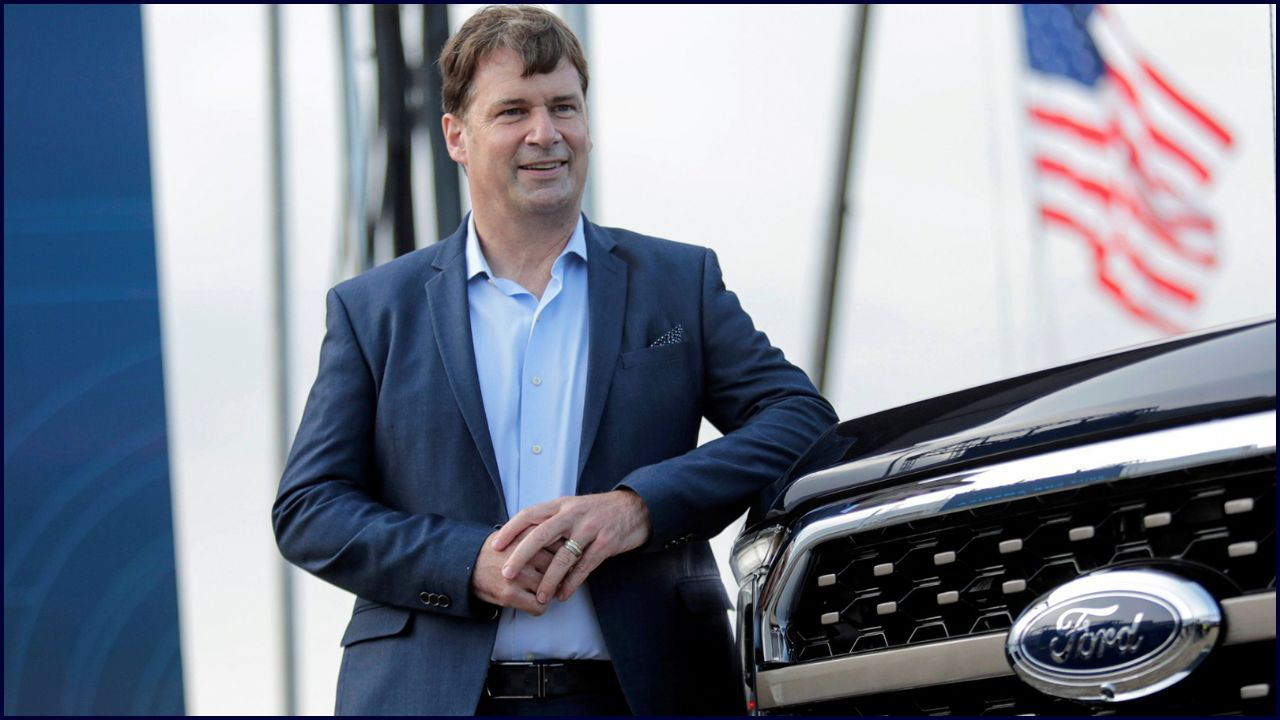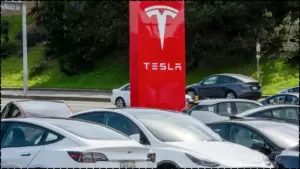Tesla, the pioneering electric vehicle company, has issued a recall that affects thousands of its cars due to a significant safety flaw. The latest recall impacts Model 3 sedans and Model Y SUVs from the 2025 and 2026 model years.
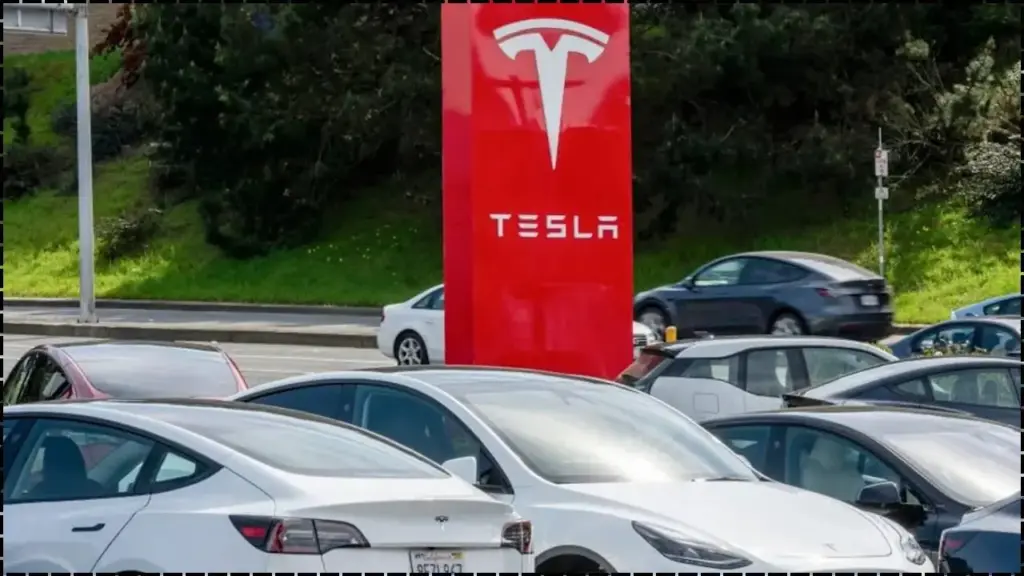
This issue stems from a faulty battery pack contactor, a critical component responsible for delivering power from the battery to the motor. If the contactor fails, the vehicle could experience a sudden loss of power while driving—posing serious safety risks.
Tesla’s latest recall adds to a growing list of safety-related issues for the company. However, it also underscores Tesla’s proactive approach in identifying problems early and taking steps to ensure the safety and reliability of its vehicles. In this article, we explore the details of this recall, the potential risks, and Tesla’s steps to address the issue.
Table of Contents
Tesla Issues Another Recall Over Safety Flaw
| Key Fact | Detail/Statistic |
|---|---|
| Affected Models | 2025 Model 3, 2026 Model Y |
| Recall Scope | Approximately 12,963 vehicles affected |
| Safety Issue | Potential power loss while driving |
| Repair Method | Replacing the defective contactors |
| Timing of Notifications | Customer notifications expected by December 9, 2025 |
Tesla’s latest recall affecting Model 3 and Model Y vehicles due to a power loss issue underscores the company’s commitment to vehicle safety and its ongoing challenges in maintaining quality control as it pushes the boundaries of automotive technology.
The company’s proactive approach to addressing the issue through a simple component replacement shows their commitment to ensuring the safety of their customers.While recalls are an inevitable part of the automotive industry—especially for companies that are pioneering new technologies—Tesla’s response reflects its focus on safety, quality, and continuous improvement.
As the electric vehicle market continues to grow, Tesla will need to maintain its reputation for both innovation and safety.
What Led to the Recall?
Tesla’s latest recall involves a battery pack contactor, which may fail due to a manufacturing defect. The faulty contactor contains an InTiCa solenoid, which may experience poor coil termination connection, eventually causing the failure. If the contactor fails while driving, the vehicle could suddenly lose propulsion power, creating a significant safety risk for drivers.
To date, 36 warranty claims and 26 field reports have been linked to the issue. Fortunately, there have been no reported accidents, injuries, or fatalities related to the defect. Tesla’s proactive response involved identifying the issue and moving forward with a plan to replace the faulty components.
How Will Tesla Fix the Problem?
To resolve the issue, Tesla will replace the defective contactors with updated components that do not contain the problematic solenoids. The repair process will be conducted at Tesla service centers at no cost to the affected owners. These repairs are expected to be straightforward and will ensure the safety and reliability of the affected vehicles.
Tesla is also notifying affected customers, with notifications expected to go out by December 9, 2025. As part of its customer support, Tesla has informed owners that they will receive a visual alert on the infotainment screen if the power loss occurs, prompting them to safely pull over.
Tesla’s Commitment to Vehicle Safety and Innovation
Tesla’s latest recall may raise concerns about the company’s quality control, but the proactive approach to safety and customer service is worth noting. Tesla continues to invest in predictive maintenance and over-the-air software updates, which enable the company to identify potential issues before they affect customers.
Tesla has built a reputation for innovation, particularly with its Autopilot and Full Self-Driving (FSD) technologies. However, the complexity of these technologies has raised safety concerns over the years, leading to recalls and adjustments. Tesla’s ability to swiftly fix these issues through software updates or component replacements is a testament to its commitment to vehicle safety.
Regulatory Oversight and Legal Impact
As a global automaker, Tesla faces regulatory scrutiny from various government bodies, including the National Highway Traffic Safety Administration (NHTSA) in the United States. The NHTSA oversees vehicle recalls and ensures that automakers take appropriate steps to address safety risks. Tesla’s recall is part of a broader trend in which manufacturers are increasingly held accountable for the safety of emerging technologies, such as autonomous driving systems.
While frequent recalls may raise concerns about Tesla’s long-term reliability, the company’s quick action and willingness to recall cars when necessary may help mitigate legal risks. In fact, Tesla’s collaboration with regulators in these recalls demonstrates the company’s commitment to improving safety standards.
Customer Experience with Recalls
Tesla owners who have been impacted by previous recalls, such as those related to Autopilot or headlight issues, generally report mixed experiences. While some owners express frustration with the recalls, others appreciate the company’s responsiveness and swift corrective actions.
For example, when software updates were issued for the excessively bright headlights on Cybertruck models, many customers praised Tesla for implementing a quick, cost-free solution. However, for those affected by hardware-related issues, such as the current power loss recall, the inconvenience of visiting service centers and waiting for parts can be a challenge.
Impact on Tesla’s Market Share and Stock Prices
Tesla’s frequent recalls may have some effect on its market share and consumer trust, especially as more competitors enter the electric vehicle market. Rivian and Lucid Motors have emerged as viable competitors, offering similar performance with fewer recalls, which may appeal to consumers looking for alternatives.
However, despite recalls, Tesla remains a market leader. The company’s stock prices have remained resilient, and its market share in the electric vehicle space continues to grow. Analysts suggest that recalls, while unfortunate, do not necessarily indicate a loss of consumer confidence in Tesla’s long-term viability.
Related Links
McDonald’s New Frankenstein Burger: The App That Turns Into a ‘Burger Lab’
Daylight Saving Time 2025 – When You Can Finally Get That Extra Hour of Sleep
Tesla’s Ongoing Innovation Challenges
Tesla has faced significant challenges balancing innovation with safety. As the company develops new technologies, including fully autonomous vehicles, ensuring the reliability of its systems remains paramount. Tesla’s drive for constant innovation sometimes outpaces its ability to thoroughly test and refine new features, leading to these occasional safety issues.
However, the company’s willingness to make rapid adjustments and implement solutions through recalls indicates that Tesla is committed to delivering safe, high-performance electric vehicles.
FAQ About Tesla Issues Another Recall Over Safety Flaw
Q: How many cars are affected by this recall?
A: Approximately 12,963 vehicles, including 2025 Model 3 and 2026 Model Y, are affected by the recall.
Q: What is the cause of the recall?
A: The recall is due to a faulty battery pack contactor that could result in a sudden loss of power while driving.
Q: How is Tesla addressing the recall?
A: Tesla will replace the defective contactors with updated parts and notify owners for repairs at no charge.

